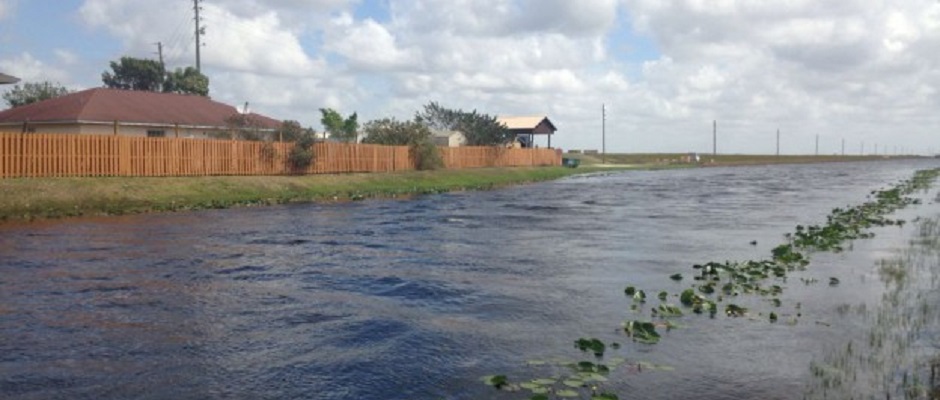
Across as well as within countries, national, sub-national, and international state and non-state actors are involved in formulating and implementing climate policies and actions.
Climate change governance has evolved into a complex polycentric structure that spans from the global to national and sub-national levels, relying on both formal and informal networks and policy channels. Such a complex governance structure reflects the ‘glocal’ nature of climate change: its distinct impacts are felt at and its solutions involve multiple levels of governance.
Although research on multi-level governance (MLG) of climate change has increased in recent years, we do not understand well how power impacts the integration of policy decision-making processes across levels of governance. In particular, the MLG literature has focused on national-supranational relations, while national-subnational networking remains less explored. The predominantly global nature of climate change mitigation and local nature of climate change impacts and adaptation also pose specific MLG challenges for climate policy integration. How cross-level interaction differs between the mitigation and adaptation sub-domains remains largely unexplored. Finally, many studies have looked at supranational MLG processes, such as environmental governance in the EU and at global-national linkages in climate change governance. However, MLG of climate change faces distinct challenges in the Global South and remains an underexplored area.
A recent journal article—in the journal Global Environmental Change—addresses all of the aforementioned three gaps:
- First, it develops an innovative theoretical framework that draws from institutional and policy network approaches to theorize how power relations facilitate and hamper cross-level interactions between national and subnational governance levels. The policy network lens allows for a detailed analysis of meso-level interactions between all policy domain actors, providing a more in-depth analysis of MLG processes.
- Second, it investigates how MLG differs across the policy subdomains of mitigation and adaptation and what this implies for policy integration.
- Third, it contributes new knowledge on MLG challenges in the Global South from evidence on land use and climate change policy networks in the federal and decentralized nations of Brazil and Indonesia.
The authors first outline how the theoretical framework combines institutional and policy network approaches and draw a number of propositions about MLG systems. The authors then introduce the two cases and the social network analysis measures used to investigate power imbalances and cross-level interactions. Next the authors report and compare the country level evidence focusing on the assessment of barriers to cross-level interactions and on the role of dominant and minority network communities in overcoming such barriers. The authors conclude by drawing implications from the evidence for the future of climate change policy processes.
The paper identifies major barriers to cross-level communication and collaboration between national and sub-national levels. These are due to power imbalances across governance levels that reflect broader institutional differences between federal and decentralized systems of government. In addition, powerful communities operating predominantly at the national level hamper cross-level interactions. The analysis also reveals that engagement of national level actors is more extensive in the mitigation and that of local actors in the adaptation policy domain, and specialization in one of the climate change responses at the national level hampers effective climate policy integration in the land use sector.
Read the full journal article (open access):
Monica Di Gregorio, Leandra Fatorelli, Jouni Paavola, Bruno Locatelli, Emilia Pramova, Dodik Ridho Nurrochmat, Peter H. May, Maria Brockhaus, Intan Maya Sari, Sonya Dyah Kusumadewi. 2019. Multi-level governance and power in climate change policy networks. Global Environmental Change, Volume 54 pages 64-77 (https://doi.org/10.1016/j.gloenvcha.2018.10.003).



